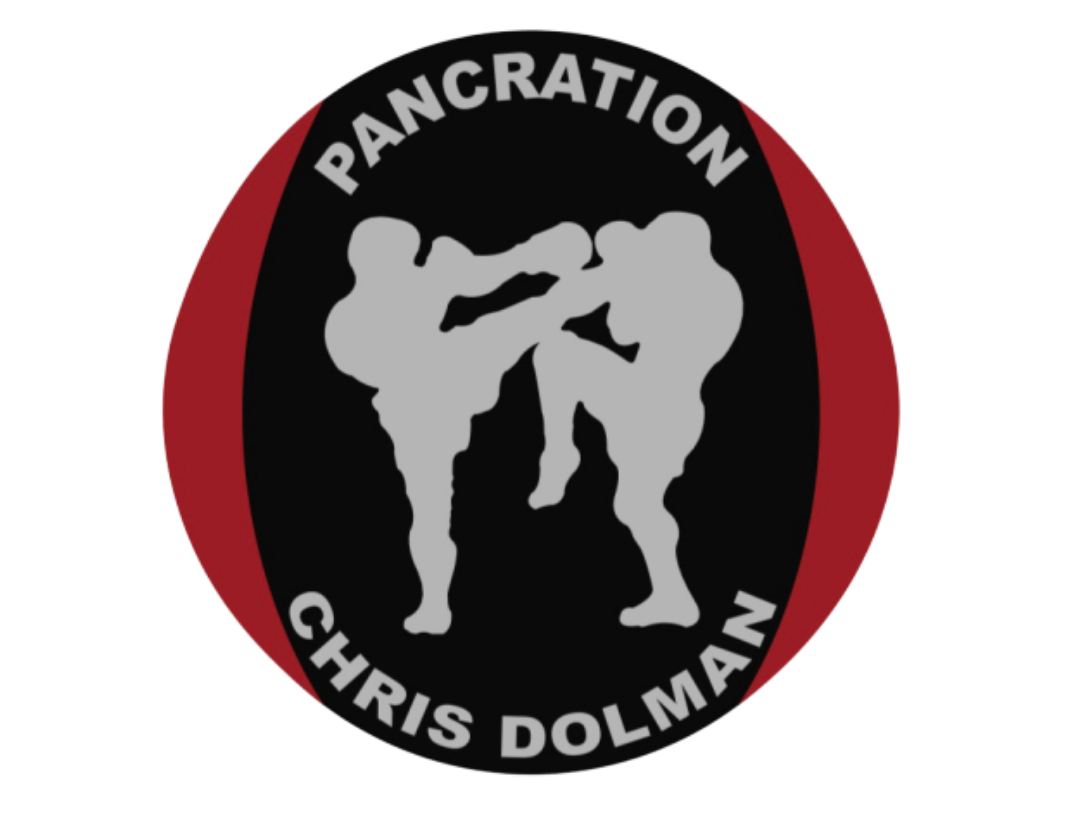Content
Daily drinking can have serious consequences for a person’s health, both in the short- and long-term. Many of the effects of drinking every day can be reversed through early intervention. Alcohol relapse occurs in almost one-third of recovering alcoholics during their first year of sobriety.
- A Wellbriety program incorporates American Indian culture and spirituality into treatment.
- So a person is quickly forced to take more and more of the drug to achieve the same effects.
- Medication is often used to help re-establish normal brain function and decrease cravings in patients.
- First is the rate at which opioid tolerance builds, which increases very rapidly when compared with other drugs.
- Even after you purge the excess alcohol from your system, certain feelings, thoughts, and events cantrigger an urge to drink.
Ask for help from trusted family members and friends to give you the support you need to prevent any future relapse. Relapse is usually triggered by a person, place or thing that reminds a person of alcohol. When the brain processes the memory, it causes cravings for the substance. Our experienced team will help you develop a recovery plan customized for your individual needs. You can come and visit and be on your way to taking control of your life again. Many people go on to misuse alcohol and other drugs after they fall prey to temptation.
Family and Children’s Programs
Moreover, we have virtually no information about relapse rates following remission among untreated individuals, or how they compare with relapse rates following remission among treated individuals. Our study demonstrated that any alcohol relapse and heavy alcohol relapse rates were as high as 22 and 14% during the mean follow-up time of 48.4 ± 24.7 months, respectively. The literature on alcohol relapse post-transplantation has reported a wide range of alcohol relapse rates, which might be due to different definitions of alcohol relapse.
What alcohol does to your body after 40?
Drinking too much alcohol over a long time can: Lead to some kinds of cancer, liver damage, immune system disorders, and brain damage. Worsen some health conditions such as osteoporosis, diabetes, high blood pressure, stroke, ulcers, memory loss, and mood disorders.
Our compassionate admissions navigators are ready to help you or a loved one when you call our 24/7 addiction helpline. Learn more abouthow our program worksorschedule a callwith a member of the Ria Health team. At Alcoholism Statistics Ria, we offer weekly meetings with certified counselors to help members stay on track and build skills for long-term change. Identify other situations that can lead to drinking and develop ways to cope with them.
Common Triggers like Stress, Peer Pressure and Isolation
Recovery is a lifelong battle, and certain factors involved with recovery from alcohol use disorders suggest that it’s even harder to avoid relapse from other SUDs. Average relapse rates for all substances are between percent, which means patients in recovery are about as likely to relapse as they are not to relapse. The most common causes of alcohol relapse are similar to other substances, but with an important exception. Alcohol is the most commonly abused legal substance, making it harder to avoid. Here are some of the reasons alcohol relapse rates are so high.
- If a mother with an addicted son keeps helping him bail out of jail, he will never feel that he loses anything from addiction.
- Friends and family see the noticeable benefits of quitting alcohol when their loved one stops drinking and chooses to pursue a healthy life.
- Developing a Relapse Prevention PlanHere are steps you can take to develop a relapse prevention plan.
- Stress Management – Learning how to manage and reduce stress will make you healthier and happier and lessen the likelihood of relapse.
Thus, the longer you maintain sobriety after initial recovery, the higher the chances you won’t relapse. The first stage of relapse happens before an addict really considers abusing harmful substances again. Anxiety, moodiness and anger are common feelings during this time, and they’re most likely experiencing a lack of a support system. This spike in readmission rates shows just how common relapse is in the first year of recovery. Involvement in alumni programs from the alcohol rehab you attended. In treatment, as well as in 12-Step Programs, people learn new, healthy behavior patterns and ways to cope with their previous, dysfunctional choices, so as to protect themselves from relapse.
OxyContin Detox
Studies reflect that about 40-60% of individuals relapse within 30 days of leaving an inpatient drug and alcohol treatment center, and up to 85% relapse within the first year. Through an understanding of common risks for addiction relapse, individuals can be better equipped and better able to maintain their recovery. Here are a list of 10 common triggers that contribute to addiction relapse.
